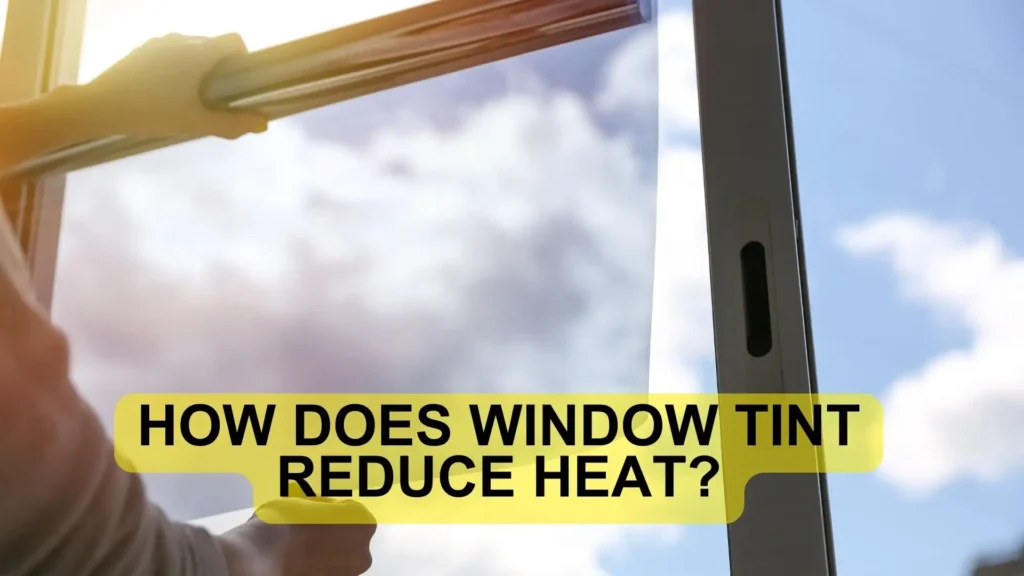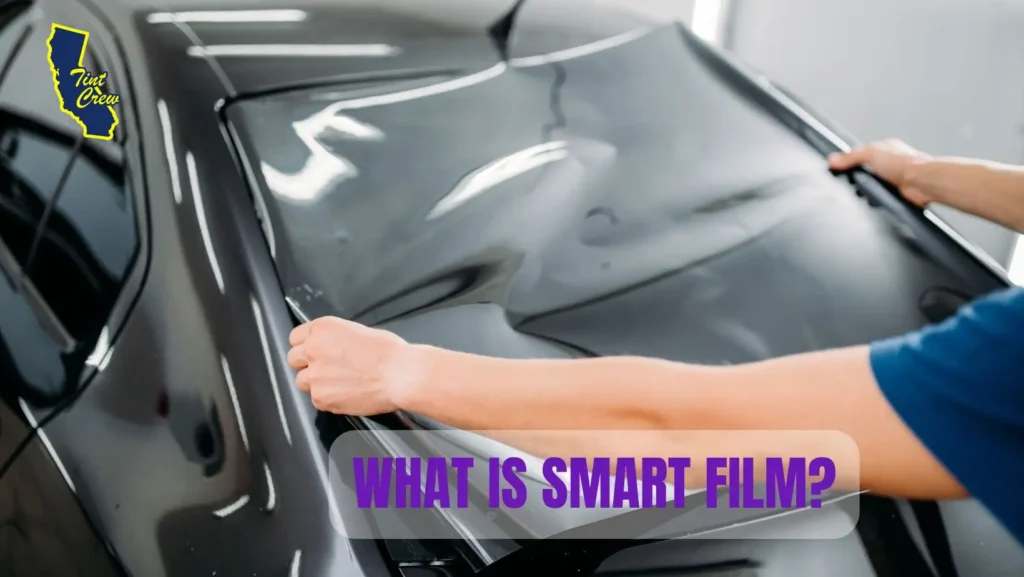
Summer’s sweltering temperatures can quickly make your car or home feel like an oven. Fortunately, there’s an easy and stylish solution: window tint. Window tinting isn’t just about privacy and looks – this thin film offers excellent heat reduction properties. Let’s explore how window tint works to provide heat rejection and keep your spaces cooler.
Understanding Solar Energy and Heat
The sun produces an array of electromagnetic radiation, including visible light, ultraviolet (UV) rays, and infrared (IR) rays. We primarily feel heat from IR radiation. When this radiation passes through standard windows, it gets absorbed by objects within your car or home, leading to a rise in temperature.
How Window Tint Works
Window tint acts as a protective barrier, combating heat buildup in several ways.
- Reflection: Certain types of window tint, particularly those with metallic components, reflect a percentage of the sun’s rays away from the glass. This prevents a portion of the heat from even entering.
- Absorption: Window tint absorbs some solar energy. Dyed films, for example, soak up a portion of the heat.
- Radiation: High-performance films, like those made with ceramics, are specially designed to block infrared radiation, the main culprit for heat gain.
Types of Window Tint
Knowing the different types of window tint is crucial when choosing the best solution for your needs. Here’s a breakdown:
- Dyed Tint: The most basic and affordable option, dyed tints primarily absorb, rather than reflect, heat.
- Metalized Tint: These films incorporate tiny metal particles for increased reflection. While effective with car window tint heat reduction, they can interfere with electronic signals.
- Ceramic Tint: The most advanced option, ceramic tints offer superior heat rejection thanks to their non-conductive and non-metallic properties. They also provide top-notch UV protection.
- Carbon Tint: A durable choice, carbon tints block IR radiation efficiently and don’t fade over time.
Benefits of Window Tint
Beyond heat reduction, window tint boasts numerous advantages:
- UV Protection: This shield helps protect your car’s interior or your home furnishings from fading and protects your skin from harmful UV rays.
- Glare Reduction: Tint reduces glare, enhancing visibility while driving and improving comfort in your home.
- Privacy: Tinting adds a degree of privacy, especially with darker shades.
- Energy Efficiency: Less heat gain translates into lower air conditioning expenses for your home and car.
Does Window Tint Really Work?
Yes, window tint is highly effective for heat reduction. The level of heat rejection depends on the type of tint you choose. Here’s how window tint keeps your environment cooler:
- Car: High-quality window tint can significantly reduce the temperature inside your car, making it more comfortable to enter on hot days. Consider ceramic tint or carbon tint for maximum heat rejection.
- Home: Window tint helps maintain a cool indoor temperature, minimizing your reliance on air conditioning and lowering your energy bills. Ceramic tint is usually a top choice for homes.
Conclusion
If you’re looking for an easy way to beat the heat and improve your car’s or house’s comfort, window tint is an excellent solution. By understanding the types of tint available, you can choose the best heat rejection options to keep those temperatures down.


